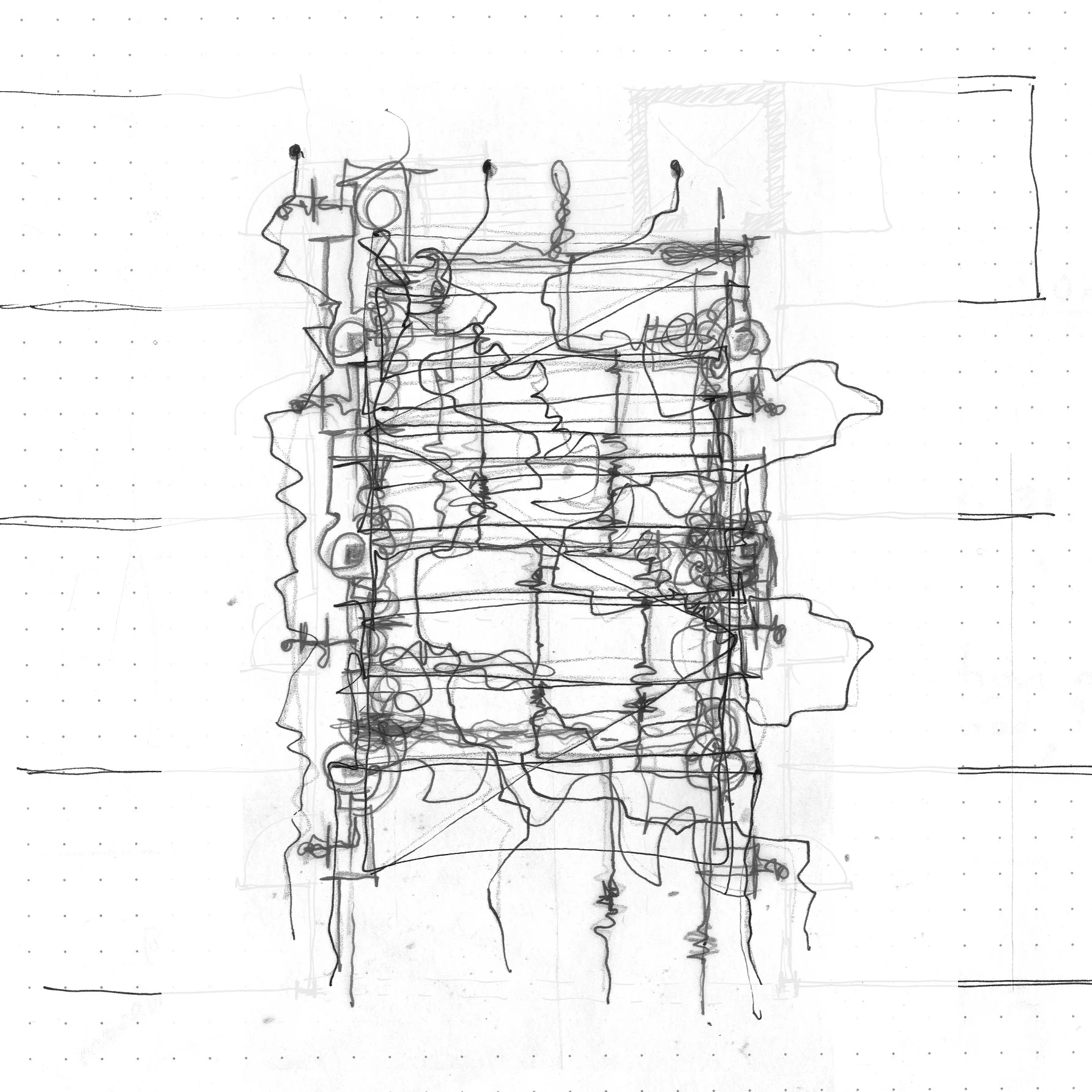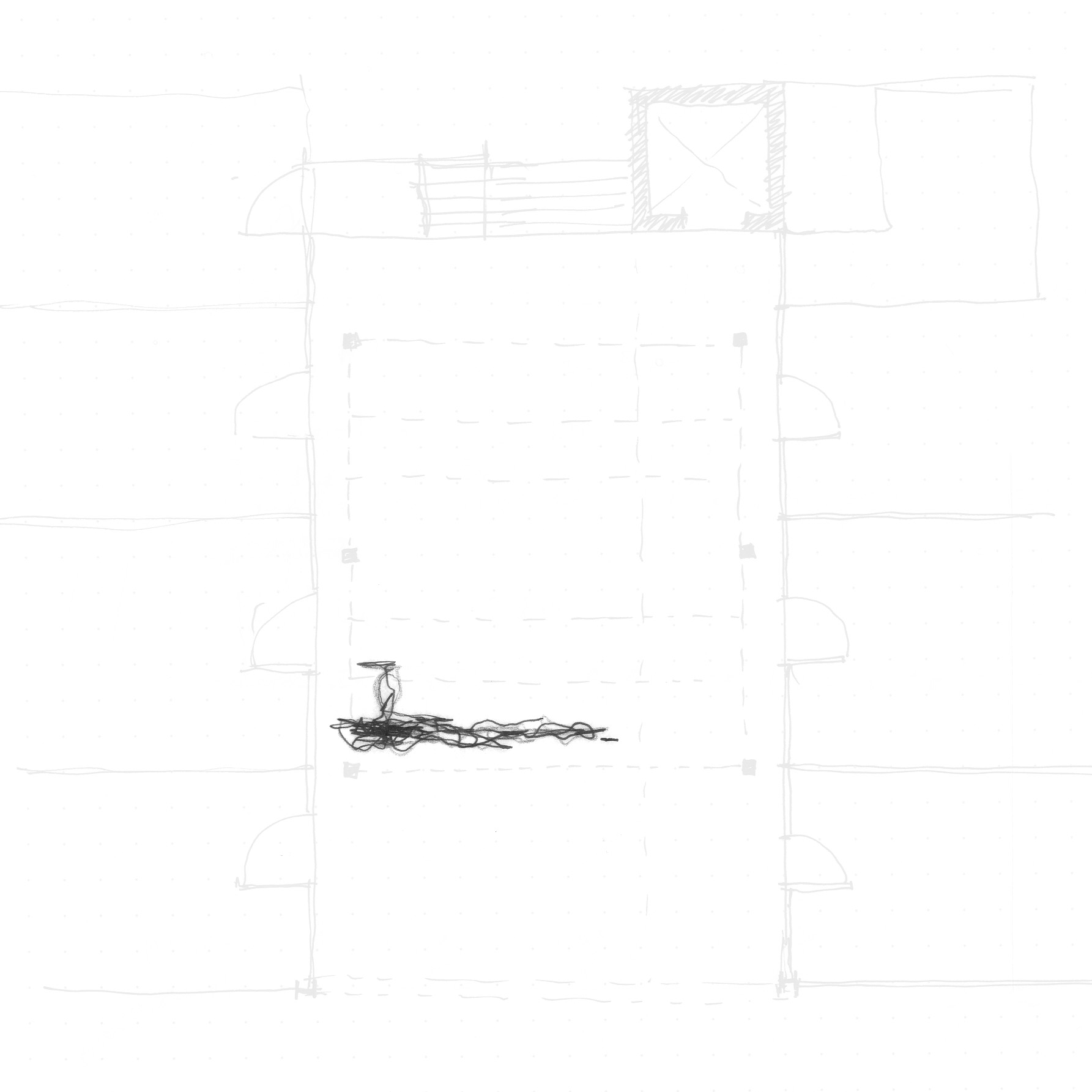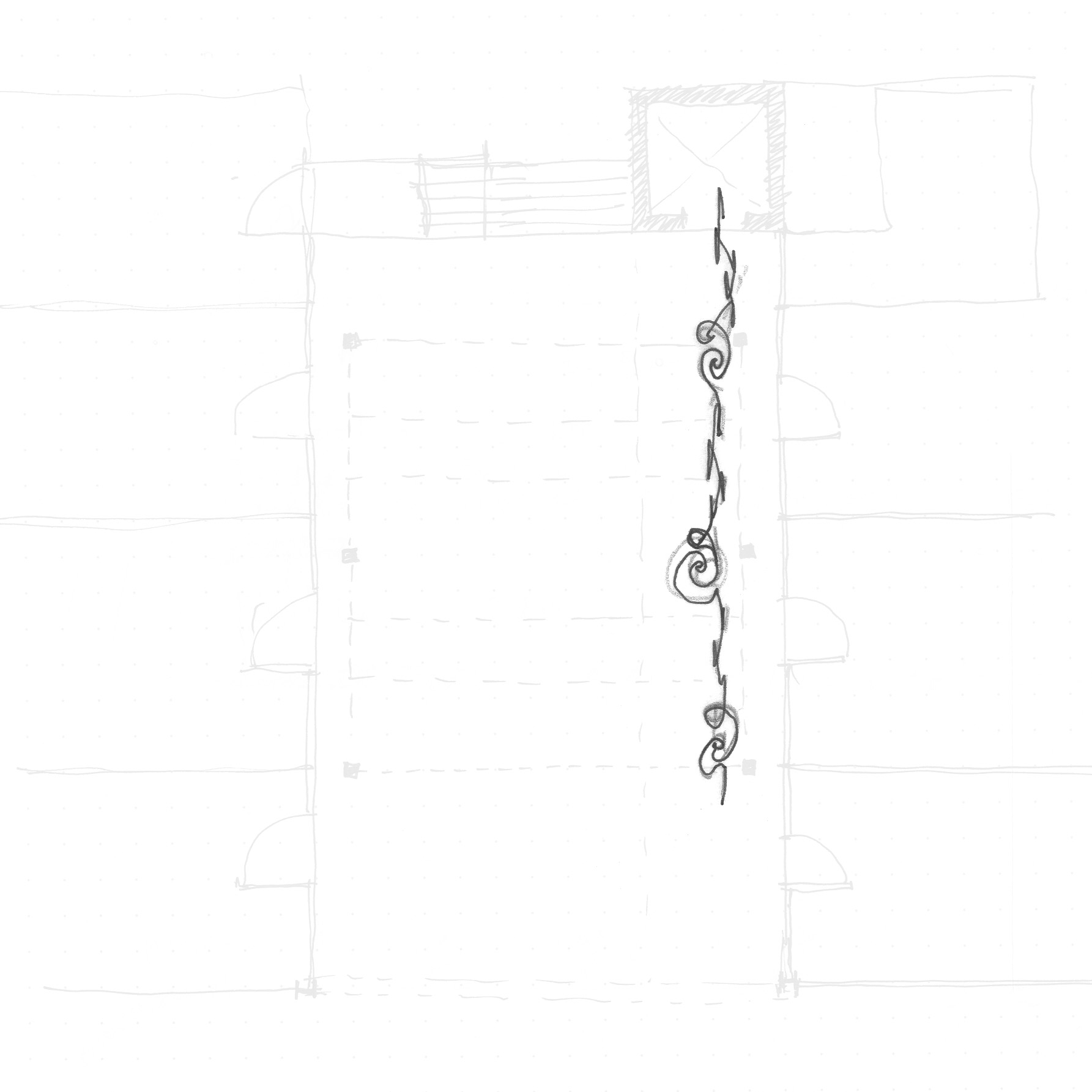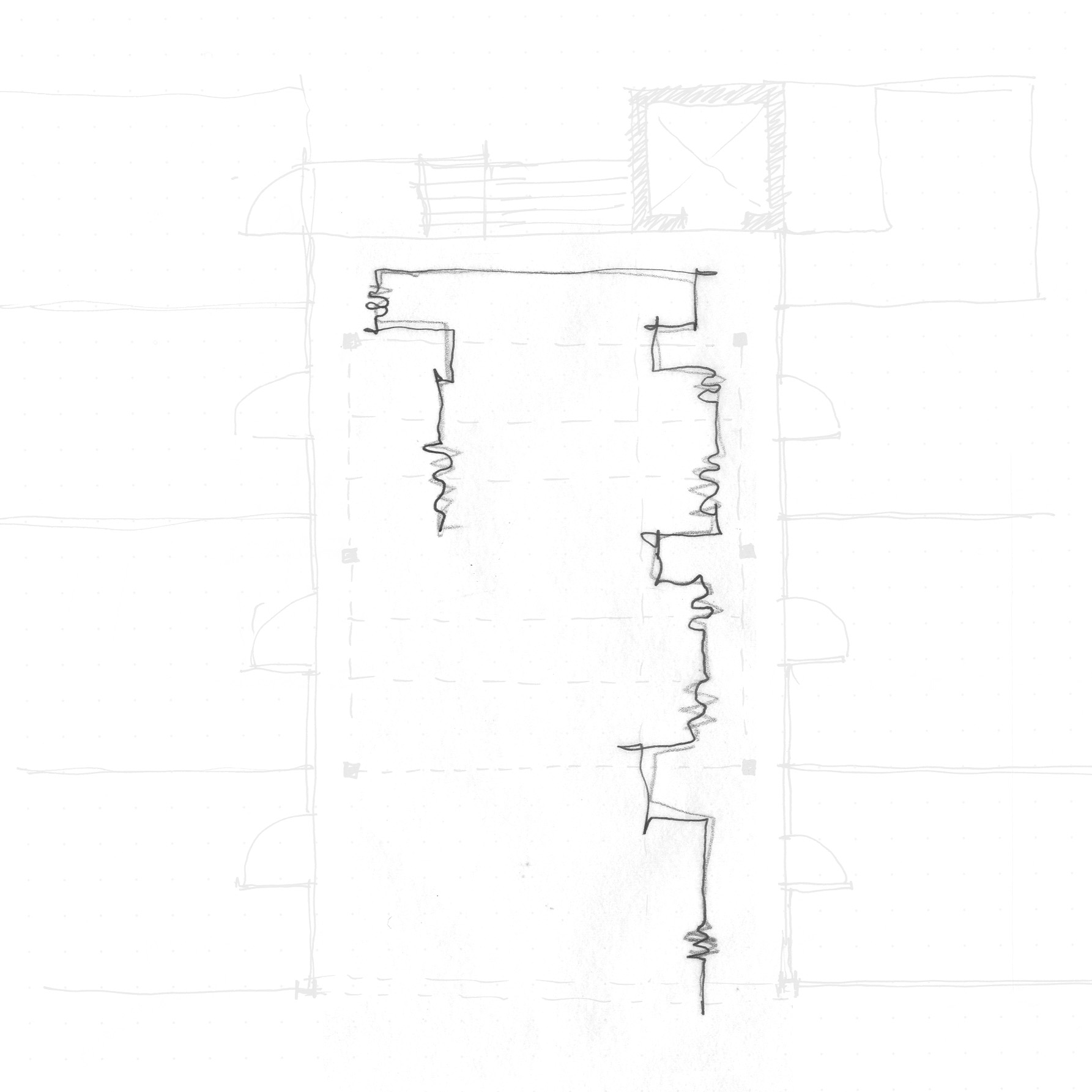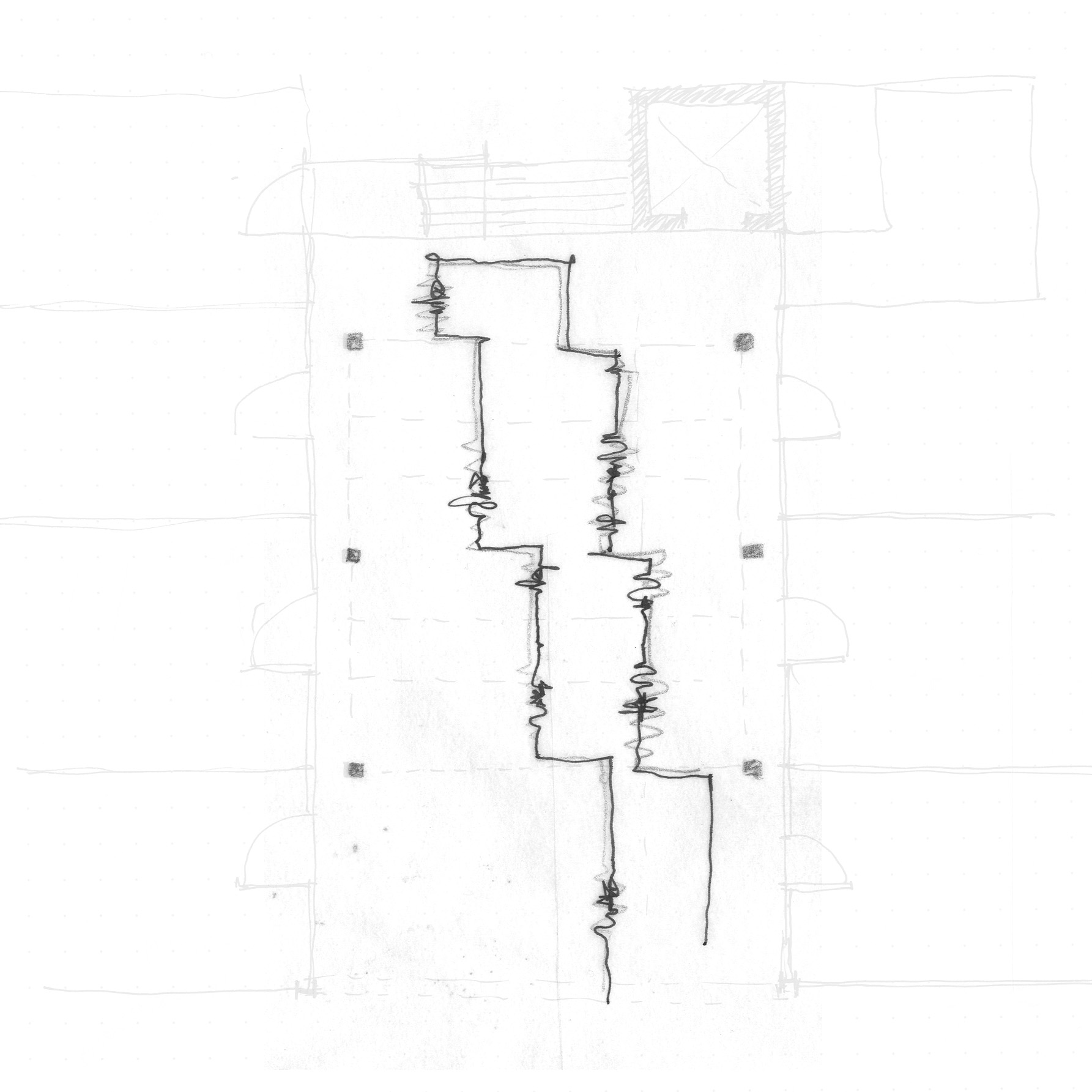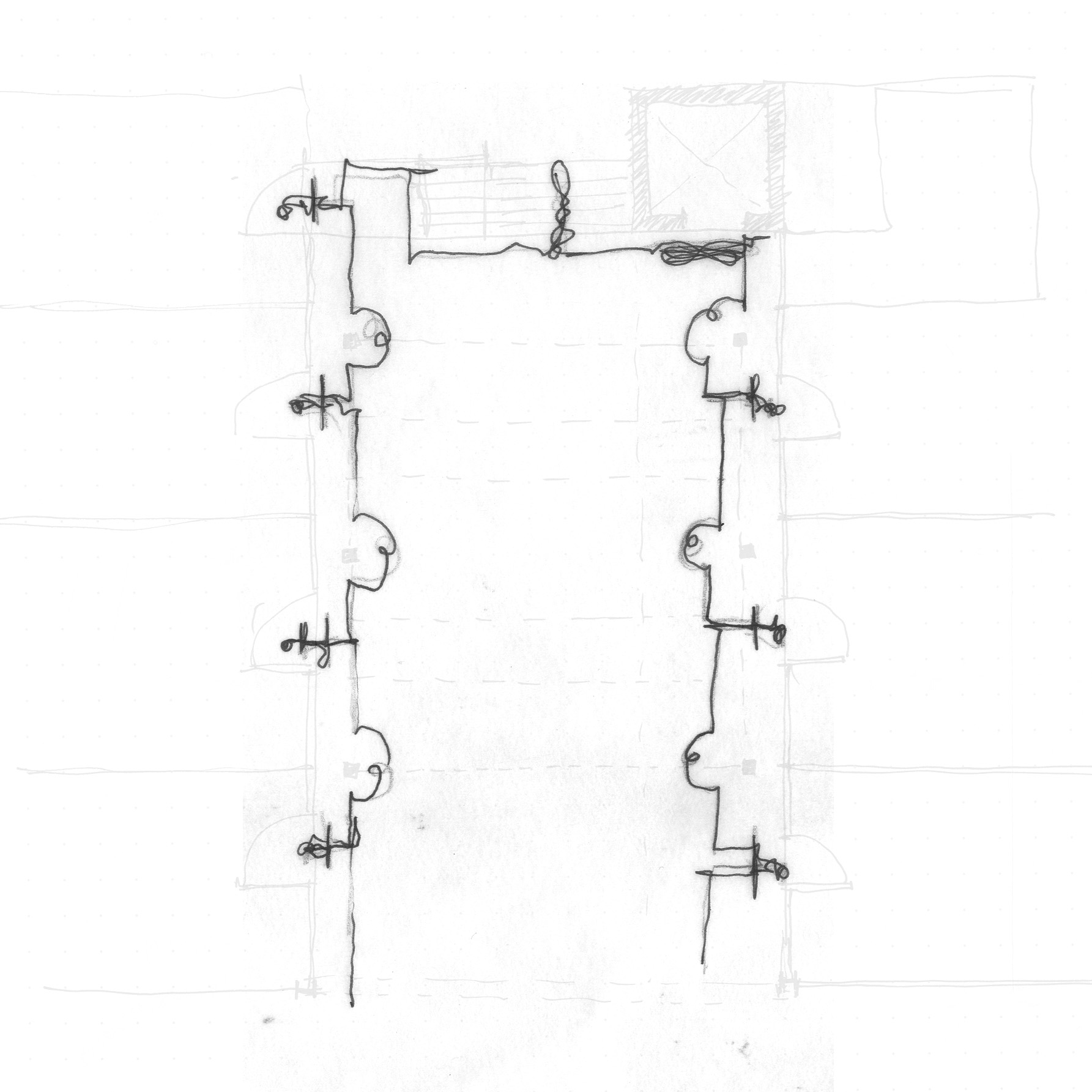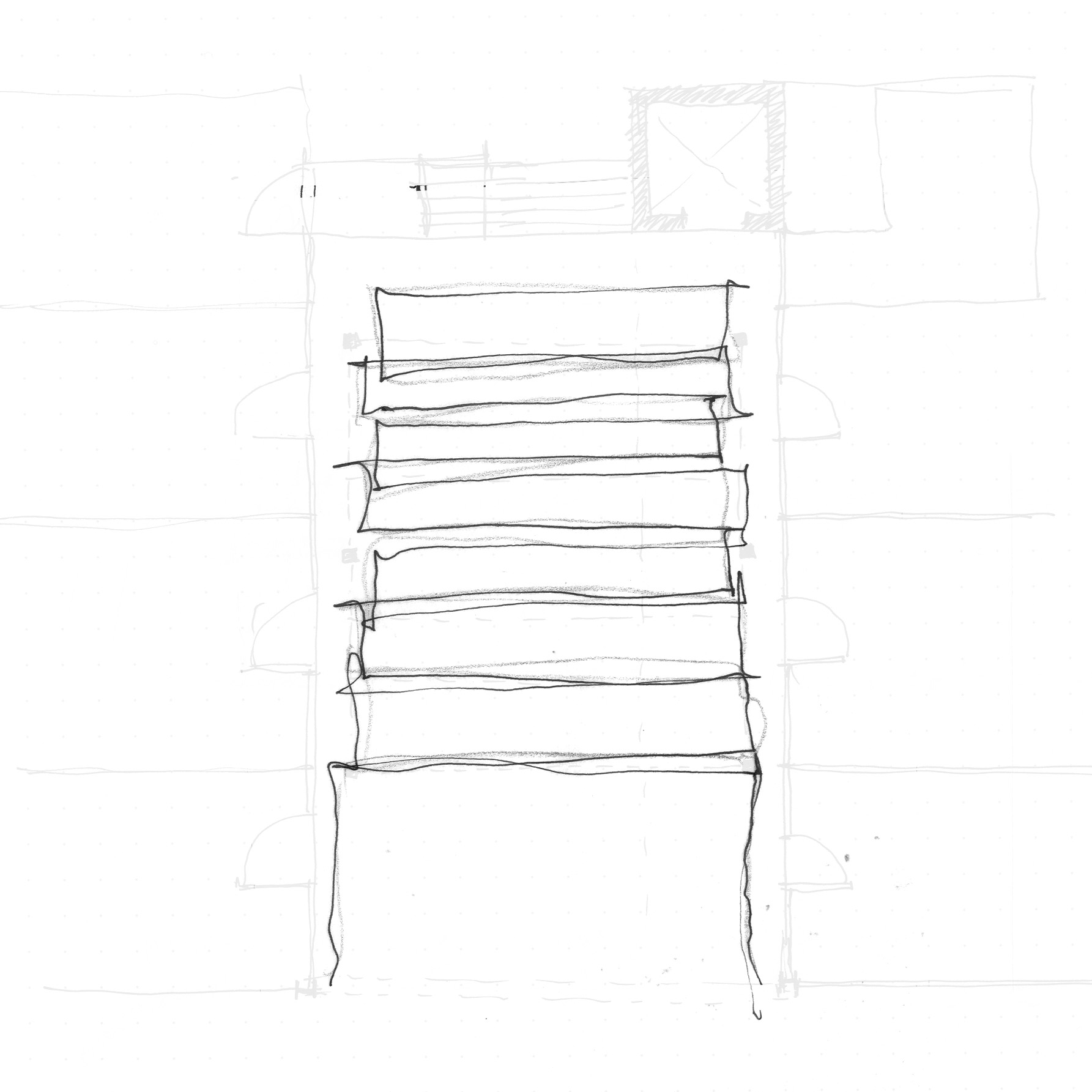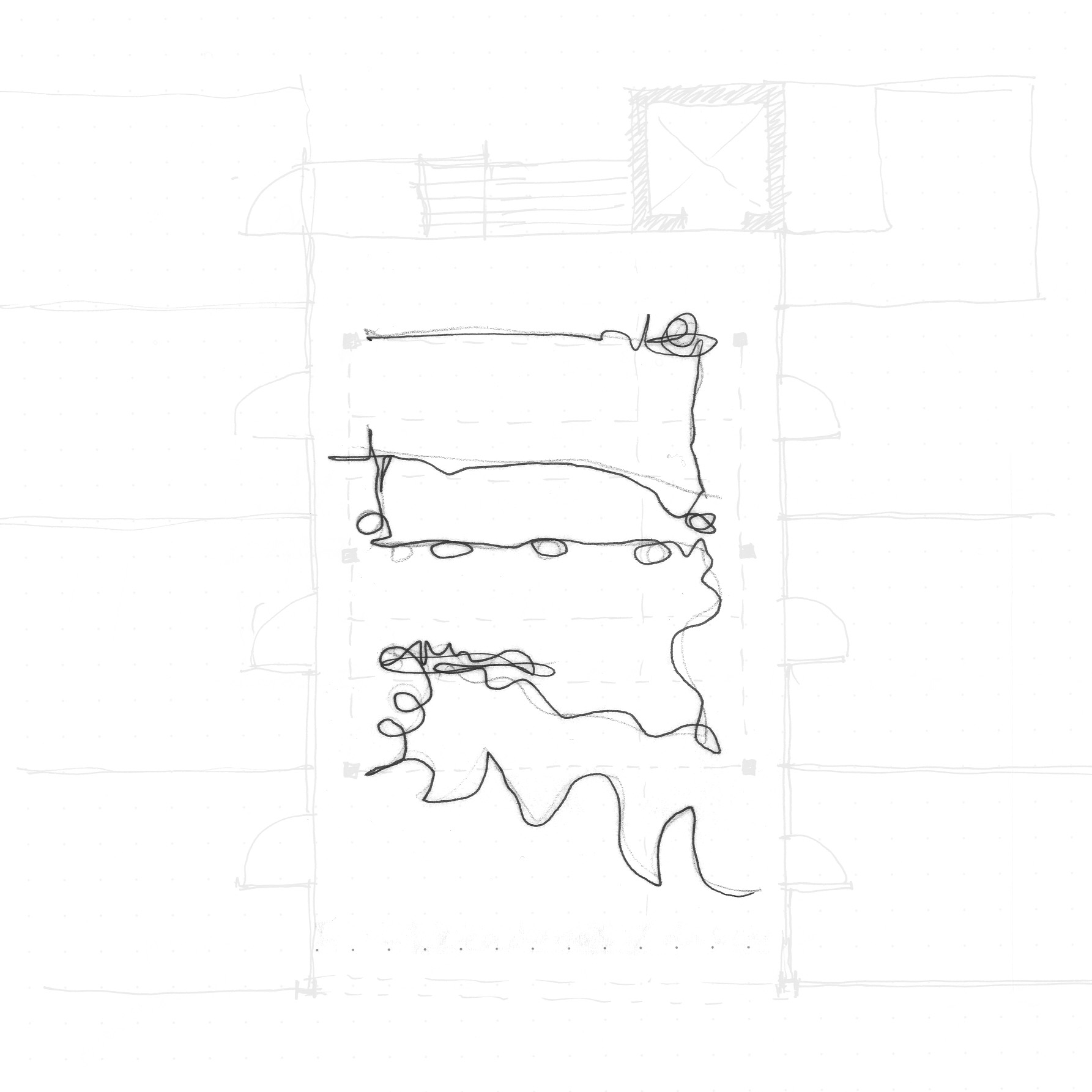in [visibility] of spaces
Invisibility of space through movement
Ithaca, New York
Spring Semester 2015 MArch II Cornell University
Independent Study
Advisor: Eric Ellingsen
This project explores abstract parallels, what we do not see as obvious and still affects us. Understanding dance as body movement, language, response to something we intersect, circulate, and habit on a daily basis. Movement is clearly affected by its built surroundings in many ways. Movement depends on what we perceive, what we see, what we sense.
This project questions the way we approach design. It questions how a building, a shape, an element that is created to solve a functional problem often has unintended consequences. Focusing on movement, this seminar is about understanding the relationship between people’s interactions and their built surroundings -something we commonly do not see- and how we can manipulate this relationship with design. In this respect, architects are also choreographers.
I. Rationale:
What happens between the points in which we move? What happens within the spaces we do not regularly transit, the spaces that are relegated to the sides or elevated out of reach, or hidden in the shadow of inattention, spaces that despite going unnoticed are shaping the space, inside and outside? What happens with the materials that compose the floor, ceiling, windows, doors? Are those patterns in our daily life influencing our movement and intentions? Do we move differently within settings with certain characteristics? Do we move closer to spaces we like because their configuration unconsciously attracts us? If we were to walk through a space, reading its boundaries its surface and letting our bodies wander and our minds wonder, could we compose a new map of the space and reveal new characters and nuances previously unperceived?
A set of water features, flowing with the ground and displaced along an indoor corridor will make you step only on the dry areas. A mirror placed, just so, will make you pause or walk-on distracted as you try to steal a glance at your hair, your form or clothes. These features influence the way we move in a way we do not necessarily notice. If we, as designers, understand these relationships we can better respond to their impact on the itinerant and refine our ability to utilize these hidden influences. While the primary impact of better integrating this knowledge into design is a more harmonic space and, as a consequence, an improved end-user experience, designer and choreographer, William Forsythe, would suggest there is a more profound potential: inform people about themselves.
I will call this the invisibility of the space...
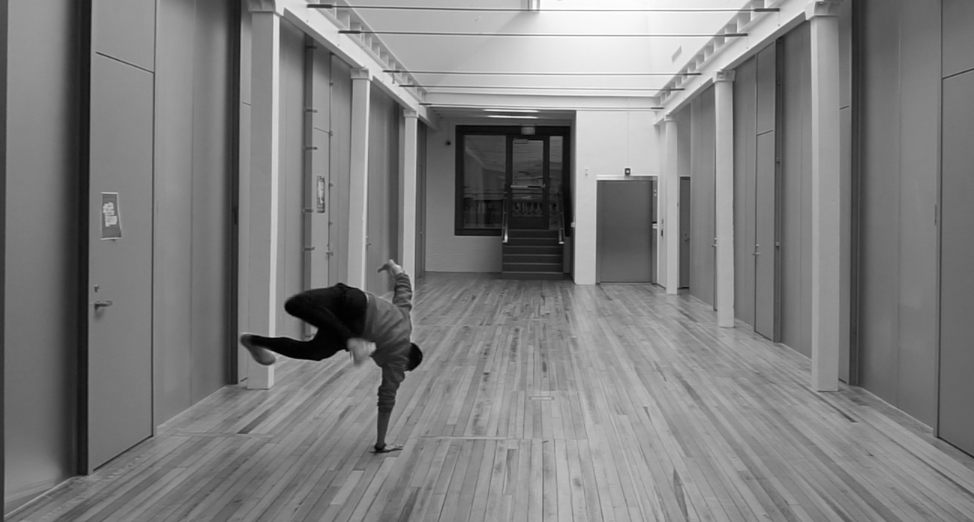
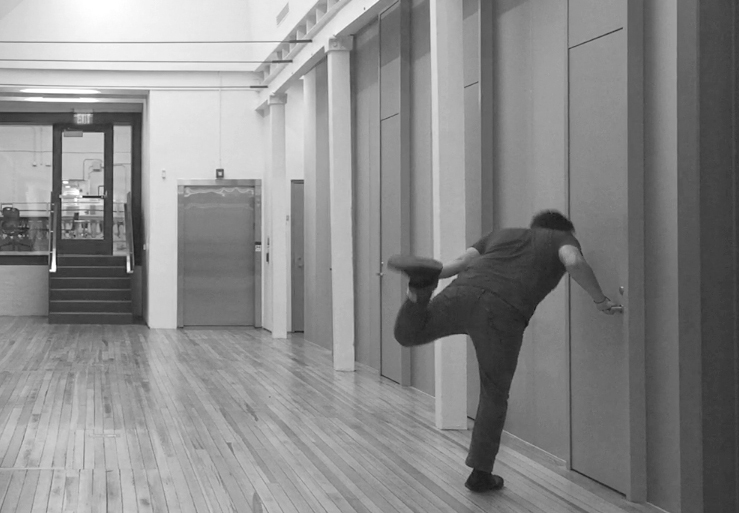


In this respect, architects are also choreographers. In order to achieve a successful design, we have to carefully study the spaces, the voids, the solids, making sure they provide a functional harmony. We have also rules and codes; we have to follow certain rules to circulate or inhabit a space: minimum dimensions so a space is comfortable enough, etc. Moreover, we have aesthetics we expect to achieve, coordinating what happens inside the structure and how it reflects on the outside of the building. We have to go back and forward in the process of designing and “choreograph” this big dance of structures, spaces, windows, roof, and users. So like dancers perform, every element in a building needs to be synchronized to achieve a more-than-habitable, successful space. And by successful I mean: beautiful, functional, creative. What if this choreographed space is taken to actively interact with people? If we could then take all these rules and manipulate them to have an intentional impact on the user. Such as a change on the material, on the color, on the elements; affecting perception of the people that inhabit the space and creating situations for the spectator.
This seminar questions the way we approach design. It questions how a building, a shape, an element that is created to solve a functional problem often has unintended consequences and how design choices really affect our perception of space with our corporal, mental and emotional faculties. Focusing on movement, this seminar is about understanding the relationship between people’s interactions and their built surroundings -something we commonly do not see- and how we can manipulate this relationship with design.
This seminar explores abstract parallels, what we do not see as obvious and still affects us. Understanding dance as body movement, language, response to something we intersect, circulate, and habit on a daily basis. Movement is clearly affected by its built surroundings in many ways. Movement depends on what we perceive, what we see, what we sense, and sometimes this is unconsciously influenced.

